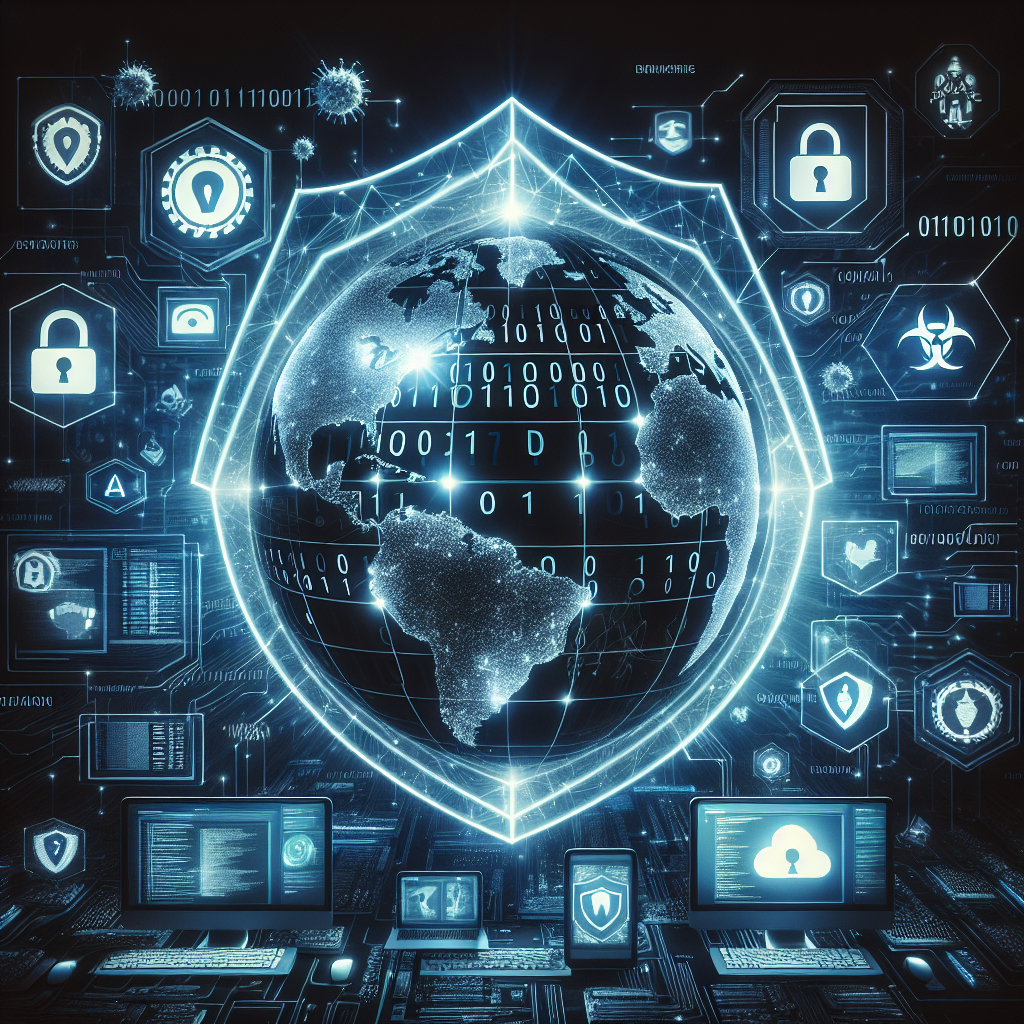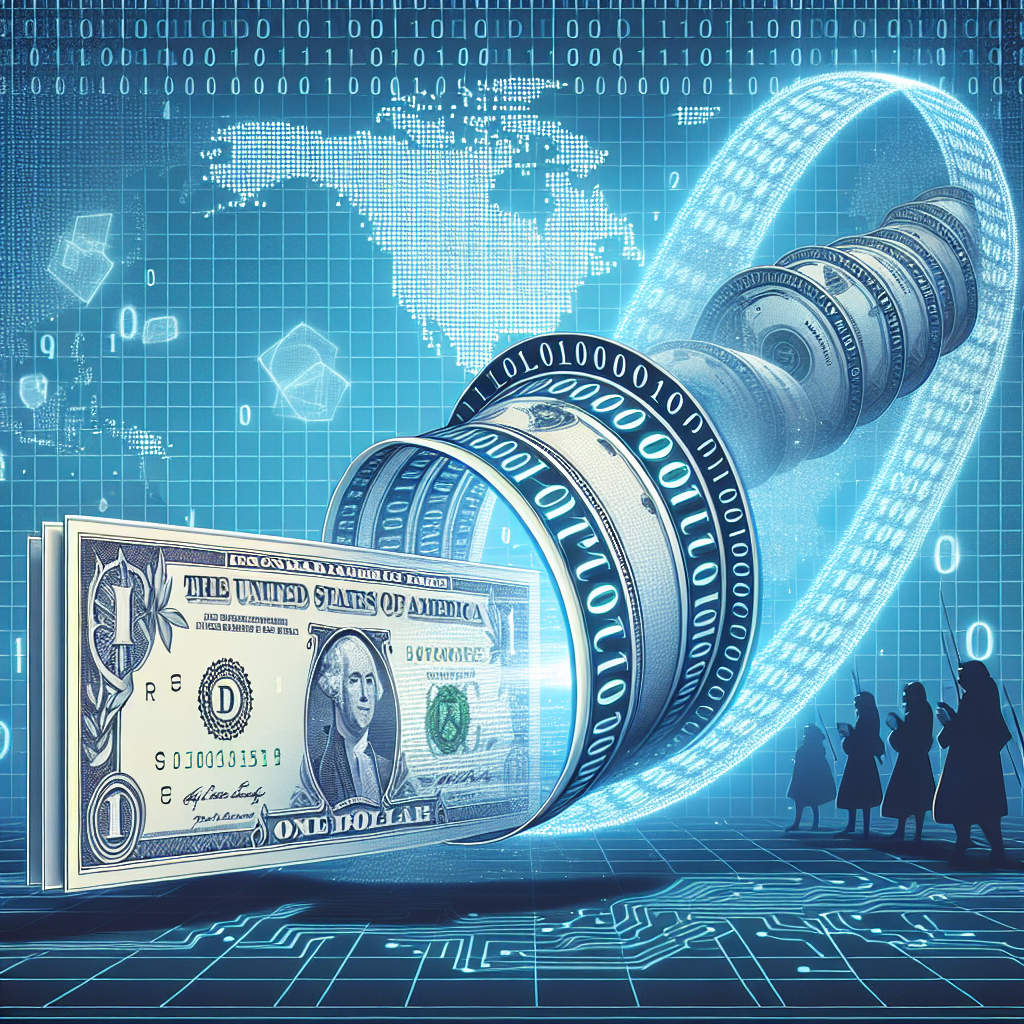Cybersecurity in the Digital Age: Emerging Threats and Solutions
As the digital age continues to evolve, interconnectedness has become the hallmark of modern society. From personal devices to multinational corporate networks, the broad integration of technology has brought unprecedented convenience and efficiency. However, this evolution has also opened the door to a myriad of cybersecurity threats that are increasingly sophisticated and perilous. In an age where data is the new currency, safeguarding information is paramount. This article explores the emerging cybersecurity threats and the innovative solutions being developed to combat them.
Emerging Cybersecurity Threats
-
Ransomware Attacks: Ransomware has rapidly become one of the most dreaded cybersecurity threats. This type of malware encrypts the victim’s data and demands a ransom for its release. Recent high-profile attacks on critical infrastructure, such as the Colonial Pipeline, have underscored the devastating potential of ransomware, both economically and socially.
-
Phishing and Social Engineering: These attacks trick individuals into divulging sensitive information through deceptive means, such as fraudulent emails or websites. Despite increased awareness, phishing remains highly effective due to its evolving tactics, including spear-phishing and whaling, which target high-profile individuals within organizations.
-
Internet of Things (IoT) Vulnerabilities: The proliferation of IoT devices has expanded the attack surface for cybercriminals. Often, these devices lack robust security measures, making them prime targets for exploitation. Cyberattacks on IoT devices can lead to breaches in larger, interconnected systems, posing significant risks.
-
Advanced Persistent Threats (APTs): APTs are prolonged, targeted cyberattacks typically orchestrated by well-funded and highly skilled threat actors, such as nation-states or organized crime groups. These attacks aim to infiltrate networks and steal valuable data over an extended period.
- Supply Chain Attacks: Cybercriminals are increasingly targeting supply chains to compromise reputable software or services. By infiltrating a trusted supplier, cybercriminals can distribute malware to a broader range of victims, as seen in the SolarWinds attack.
Innovative Solutions and Strategies
-
Artificial Intelligence and Machine Learning: AI and machine learning are revolutionizing cybersecurity. These technologies can analyze vast amounts of data to identify anomalies and predict potential threats. Automated security systems driven by AI can respond to incidents faster than human operators, enhancing overall defense mechanisms.
-
Zero Trust Architecture: Zero Trust is a security model that operates on the principle of "never trust, always verify." Regardless of whether an entity is inside or outside the network perimeter, it must be authenticated and continuously validated before gaining access to resources. This approach minimizes the risk of internal and external threats.
-
Blockchain Technology: Blockchain’s inherent features of transparency, immutability, and decentralization make it a promising tool for enhancing security. It can be used to secure transactions, protect data integrity, and establish secure, verifiable identities, thereby reducing the likelihood of fraudulent activities.
-
Security by Design: Integrating security measures during the design and development phases of software and hardware can significantly reduce vulnerabilities. This proactive approach ensures that systems are inherently more secure, rather than relying on post-deployment patches and fixes.
-
Cybersecurity Awareness Training: Human error remains a predominant factor in security breaches. Regular training and awareness programs for employees can help them recognize and respond to potential threats, such as phishing attempts, more effectively. Creating a security-conscious culture is vital for any organization’s defense strategy.
- Multi-Factor Authentication (MFA): MFA adds an extra layer of security by requiring two or more verification methods before granted access. This reduces the likelihood of unauthorized access, even if login credentials are compromised.
Conclusion
In the digital age, cybersecurity is not just a technological challenge but a fundamental component of organizational strategy and national security. As cyber threats continue to evolve in complexity and scale, so too must our defensive measures. Innovations in AI, blockchain, and security frameworks offer promising avenues for enhancing our protective capabilities. However, technological solutions alone are insufficient; cultivating a culture of vigilance and continuous learning is essential to staying ahead of cyber adversaries. Through collective efforts in education, policy, and cutting-edge technology deployment, we can build a resilient digital future.














Leave feedback about this
You must be logged in to post a comment.